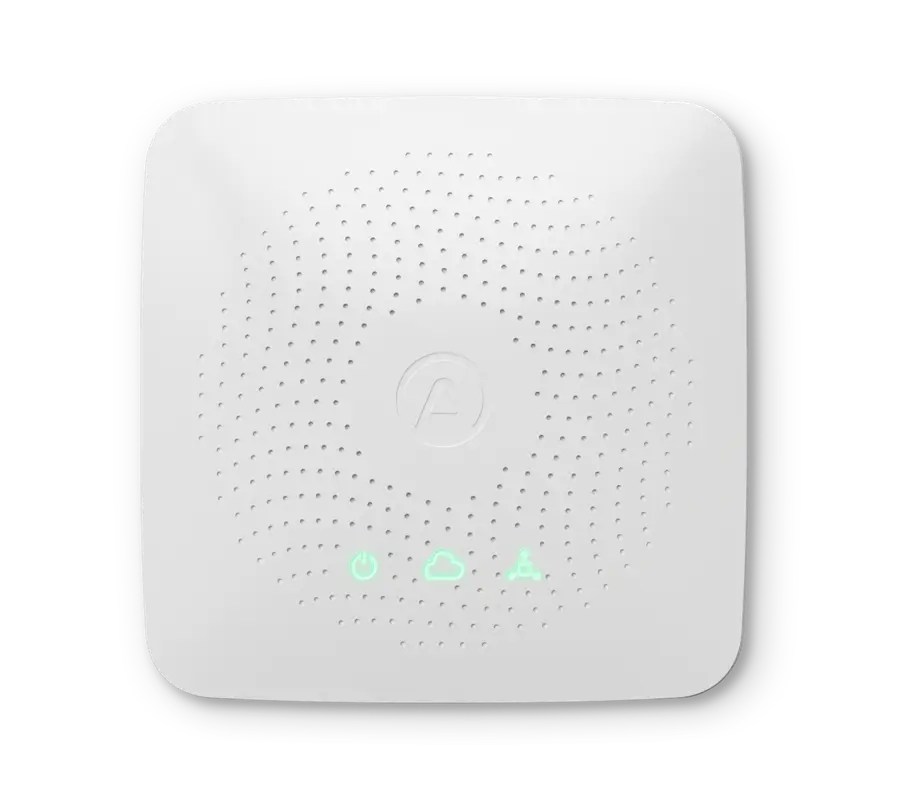12.7% of childhood asthma cases in the US have been connected to gas stove use[1], here’s why scientists came to this shocking discovery. Research published in the International Journal of Environmental Research and Public Health at the end of 2022 found a startling correlation between individuals affected with asthma and gas stove use in their homes. More than 40 million, or just over one-third of homes in the U.S. cook with natural gas stoves[2], making it a ubiquitous part of most people's home lives. Although gas stoves were previously thought to be safe and even superior for cooking by many chefs and culinary enthusiasts due to factors such as temperature control, this trend appears to be at an end. The findings published have made waves in 2023 in popular media including CNN, TIME, and Bloomberg. The consumer product safety commission (CPSC) has been considering a ban on gas stoves at least as far back as October 2022 and a nationwide conversation has sparked regarding the future of gas stoves and the safety of our homes in light of this ground-breaking finding.
How does the gas from my stove leak into my home?
Gas cooking works via the process of combustion whereby natural gas is burned off which creates heat. When this combustion occurs in your home the chemical reaction releases pollutants into your air including ultrafine particulate matter (PM) which is a lung irritant, methane, nitrogen oxides, or even deadly carbon monoxide[3]. Gas leaks can occur from corrosion of the gas pipe, loose connective joints, or through a badly fitted installation or repair. Signs of a gas leak include discolored flames, reduced oxygen levels, dead houseplants, fatigue, dizziness, or a putrid smell from around your gas stove[4]. Worryingly, the research found that harmful gases were leaking into the air even when stoves were not faulty and were turned off. The Carbon Monoxide Poisoning Prevention Act requires all homes with a fossil fuel source to have a carbon monoxide (CO) alarm. The EPA recommends every home install a carbon monoxide (CO) alarm as well as a fire alarm and smoke detector. This is to ensure deadly gases from household appliances like stoves and boilers aren’t poisoning the air you breathe. The CPSC also emphasizes that every home should have at least one CO alarm that meets the requirements of the most recent Underwriters Laboratories (UL) 2034 standard or International Approval Services 6-96 standard. Any additional air quality monitors which you can use in your kitchens would also be helpful so you fully understand what’s the in air and have a way to chart your progress as you improve or wish to better understand your ventilation needs.
What should I do if I have a gas stove?
Gas stoves are a popular choice for home cooking but they are actually one of the least environmentally friendly home cooking solutions. Regarding air quality, using induction stoves over gas stoves is a good way to reduce the amount of indoor air pollution occurring in your home. This is due to the way induction stoves are heated which eliminates the need for methane, propane, or similar harmful gases. However, you're not totally in the clear yet. Some of the indoor air pollution created in our homes comes from the cooking process itself even when an induction stove is used, so it is not a fix-all. Taking care to keep your stove clean to avoid residual food burning and smoking on the surface of the stove, monitoring your air quality, and ensuring your kitchen or cooking area is well-ventilated are the best ways to reduce the impact of some of these pollutants on your health.
Are there other gases or pollutants I should be monitoring?
Yes. Unfortunately, there are many gases present within our homes that can negatively impact our health both in the long and short term. Using an air quality monitor which detects other gases or volatile organic compounds (VOCs) can offer an additional layer of protection, picking up traces of gases like methane and other toxins and chemicals found within consumer products, cleaning products, or the outdoor air which finds its way indoors. A recent study published in the Journal of Environmental Science and Technology found that at least 21 different types of VOC classified as hazardous air pollutants can be emitted into your home via gas stoves.
Indoor air quality monitoring for peace of mind
The air quality in our homes is 2-5 times more polluted than outdoors according to the EPA. In addition to the hazardous pollutants emitted from gas stoves, there are other hidden dangers lurking in the air in our homes. CO2, radon, particulate matter, and other gases or VOCs. These pollutants become present in the air we breathe through things like paints, plastics, dirt, combustion from things like candles, and dust from clothes, bedsheets, animal hair, and human skin. Considering we spend roughly 90% of our time indoors according to the EPA, air quality monitoring of these common pollutants in our homes can offer peace of mind for those worried about the air they’re breathing every day. CNET,
Our View Plus monitor was recommended in CNET's recent article "Gas Stove Safety Guide: Easy Steps to Protect Yourself in the Kitchen" as an ideal product for monitoring your kitchen's air quality.
Senior editor, David Watsky had this to say: "Airthings View Plus will monitor your air quality around the clock and alert you in real-time if things become dangerous." - "As a bonus, monitors like Airthings detect radon, an airborne carcinogen that occurs naturally as well as other harmful VOCs emitted from plastic wrapping materials, packaging, and elsewhere." So, if you’re worried about how your gas stove or other pollutants are affecting your health and how you breathe, getting an air quality monitor is a great way to achieve further peace of mind. 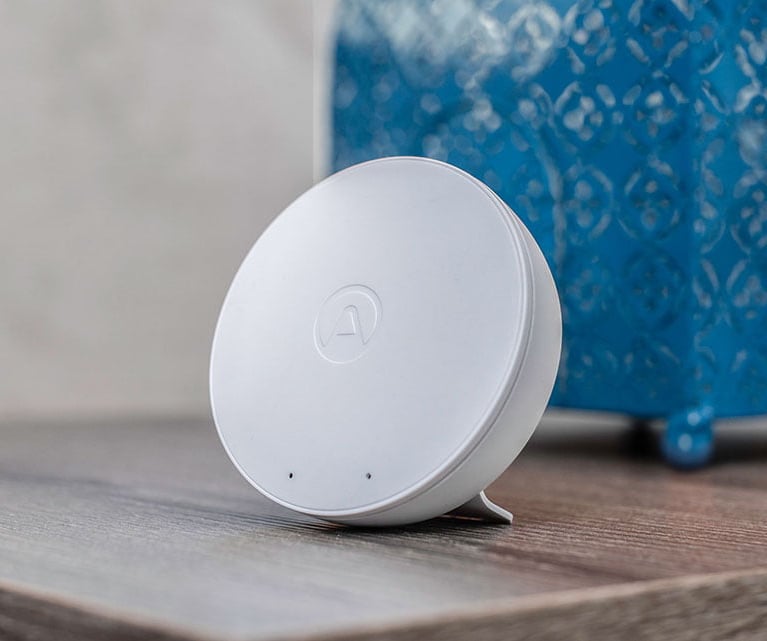
1. https://www.mdpi.com/1660-4601/20/1/75
2. https://www.washingtonpost.com/climate-environment/2022/01/27/gas-stoves-kitchens-pose-risk-public-health-planet-research-finds/
3. https://www.cdc.gov/co/faqs.htm
4. https://www.fixwerks.com/residential/how-to-detect-a-gas-stove-leak/
[Disclaimer]: Individuals should familiarize themselves with and follow their local and national laws regarding the implementation of carbon monoxide alarms, smoke alarms, fire alarms, and similar safety precautions. Air quality monitors are not designed to be used as alarms.










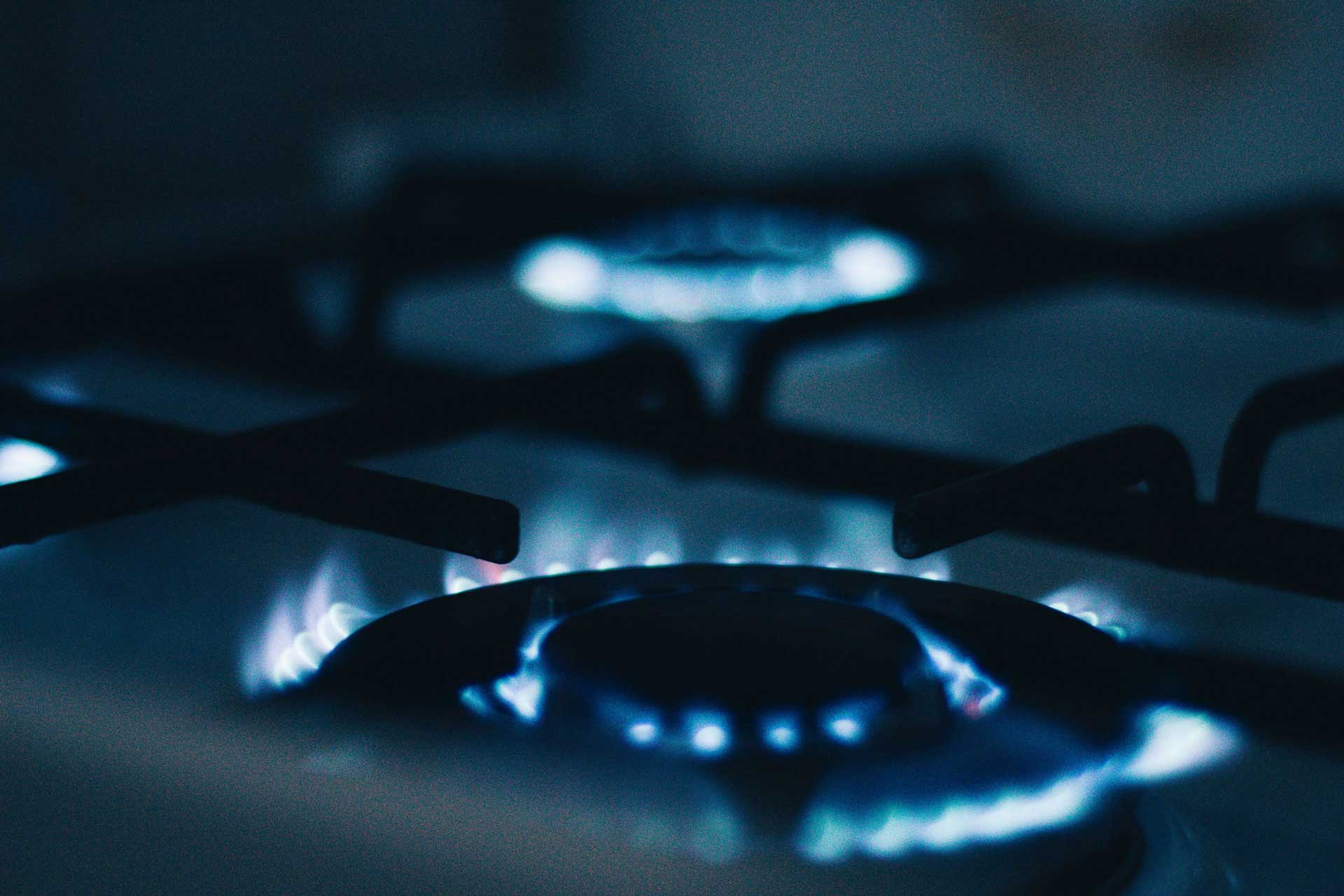

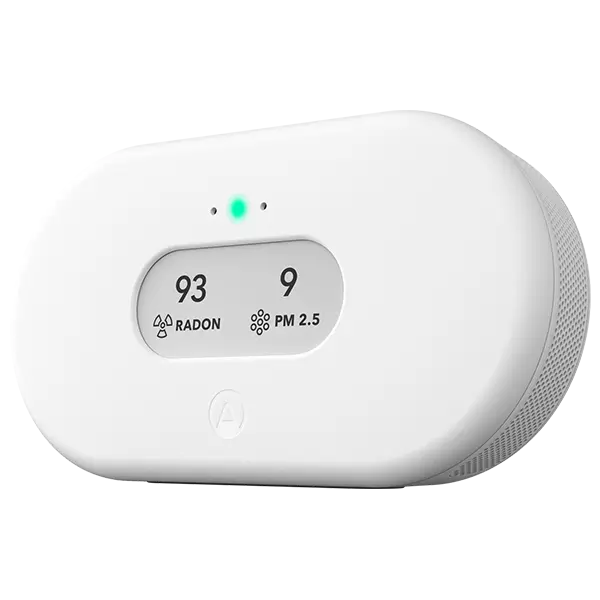
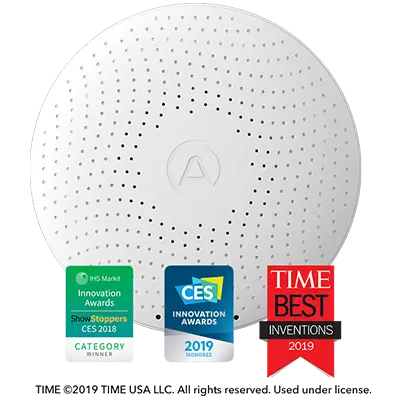
%20(1).webp)

%20(1).webp)
